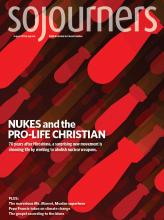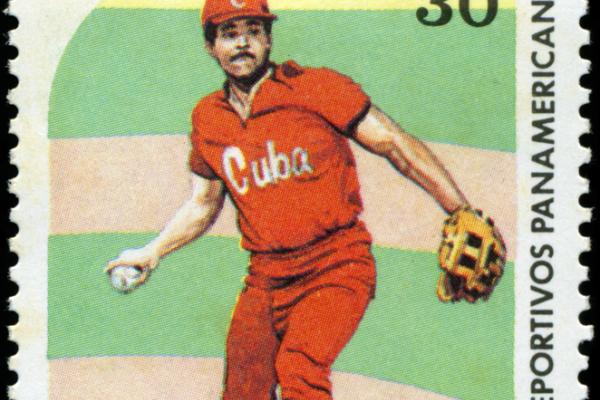AS THIS IS written, the U.S. and Cuba are in the final stages of the haggling that will likely lead to the opening of embassies in Havana and Washington, and peace, love, and understanding seem to be breaking out all over. Pope Francis, who helped broker the U.S.-Cuba thaw, will visit the island in September on his way to the U.S. After a recent meeting with the pope, Cuban President Raul Castro said, “if the pope continues to talk as he does, sooner or later I will start praying again and return to the Catholic Church.” And Major League Baseball is already working on bringing at least spring training games back to baseball-crazy Cuba.
In the U.S. media, discussion of the new détente with Cuba has focused almost entirely on the past 55 years of Cold War-inspired confrontation. However, the U.S. and Cuba had a close and troubled relationship for a full 60 years before Fidel Castro took power, and as hostilities wane and the U.S. economic embargo against Cuba is eventually dropped, the patterns of this U.S.-Cuban “prehistory” may become important again.
That story begins in 1898, when the U.S. empire first extended beyond our North American shores as the U.S. took control of Cuba, Puerto Rico, and the Philippines at the end of the Spanish-American War. Puerto Rico we still hold.
Read the Full Article

